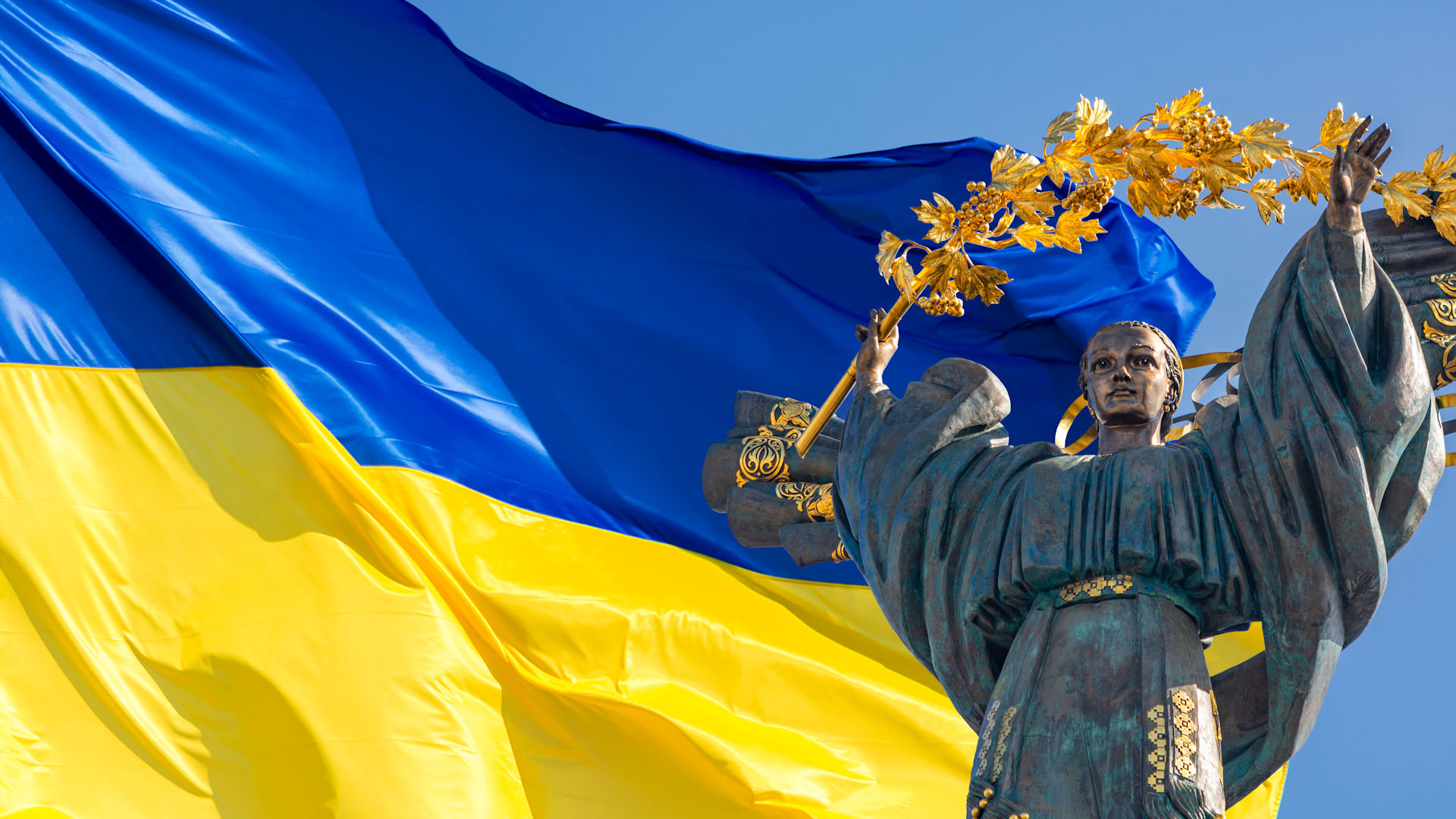
It is, sadly, hard to be optimistic about Ukraine. The six months hiatus in U.S. support was damaging. So has been the slowness in letting the country use American-supplied missiles against targets inside Russia, with strikes still limited to the Kharkiv region to save that beleaguered city.
By Gregory F. Treverton
Note: The views expressed here are those of the author and do not necessarily represent or reflect the views of SMA, Inc.
The United States has been slow to realize that, whether we like it or not, this is now our war, and on the MAGA right there remain boosters for a Putin victory. And hanging over everything is the possibility that Mr. MAGA himself, Donald Trump, will win the presidency in November, with his promise that he would end the war in 24 hours, presumably by compelling Ukraine to surrender territory.
On the ground, the war has turned into a brutal slog, with the Russians slowly winning more territory but at a high price. They have turned their missiles and drones again Ukrainian infrastructure, especially power, and, with the hiatus, Ukrainian air defenses are overwhelmed. For its part, Ukraine has managed to push most of the Russian navy from its base in Crimea, and to break the naval blockade of its grain exports. While western economic sanctions have a bite, in the short run Russia has been creative in circumventing them, especially cadging artillery shells from North Korea and elsewhere. The old-fashioned conventional war in Europe we couldn’t imagine now looks less like World War II than the trench warfare of World War I, with the Russians increasingly dug in. In the long run, the war will be ruinous for Russia, further skewing its economy and depleting both manpower and military equipment it can’t easily replace.
That, however, is the long run. In the short run, it is the Ukrainians who will continue to do the fighting and dying. They are running out of not just artillery shells but people to shoot them. Corruption improved slightly in 2023, but the country still ranks 104th among 180 countries. So far, the country’s support of President Volodymyr Zelenskyy remains, and so does support for the war aim of recovering all of Ukraine’s lost territory, including Crimea. Yet the shortages and blackouts are taking their toll, including on morale.
The next benchmark will be the NATO summit in Washington, in early July. It will be a chance for Zelenskyy to plead his case for more arms and more leeway in using them. It will also be a chance for NATO leaders to act. NATO membership for Ukraine is off the table given the war, but eventual membership should not be ruled out. And NATO should heed French President Emmanuel Macron’s call to send troops to Ukraine, at least for training purposes. President Biden’s concern about escalating to nuclear war is appropriate but should not lead the alliance into self-deterrence. To be sure, we cannot be sure what Vladimir Putin will do, but we can be sure that this war is now ours. It cannot be lost.